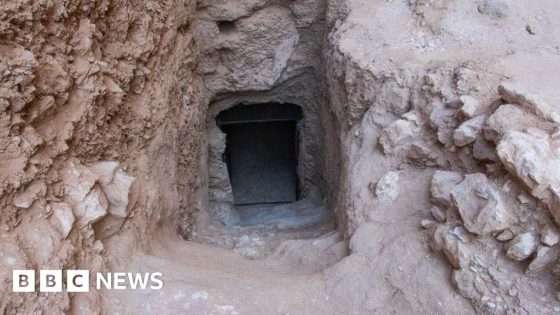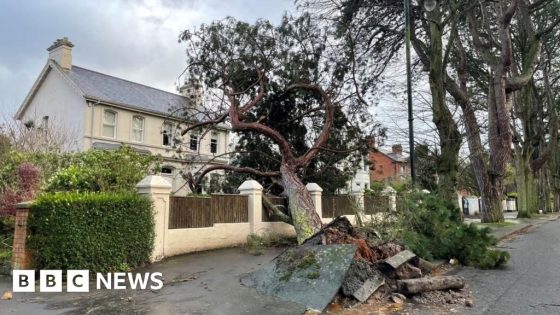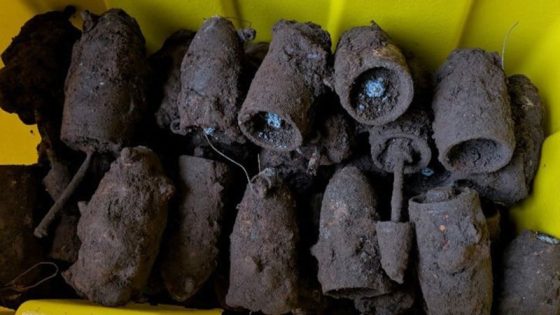Egyptologists announced the discovery of the first pharaoh’s tomb since Tutankhamun’s in Luxor, Egypt, on February 19, 2025. A British-Egyptian team located the tomb of King Thutmose II in the Western Valleys of the Theban Necropolis, a significant find that sheds light on the burial practices of the 18th dynasty.
- First pharaoh tomb discovered since Tutankhamun
- King Thutmose II's tomb found near Luxor
- Tomb features blue-painted ceiling with stars
- Artefacts confirm association with Thutmose II
- Discovery ends mystery of royal tomb locations
- Significant achievement for Egyptology and history
The recent discovery of King Thutmose II’s tomb is a landmark event in Egyptology. This tomb, found in the Western Valleys of the Theban Necropolis, had eluded researchers for centuries. Until now, the last undiscovered royal tomb from the 18th dynasty was believed to be lost, with researchers previously searching in the Valley of the Kings.
Key details of the discovery include:
- The burial chamber features a blue-painted ceiling adorned with yellow stars, a design exclusive to royal tombs.
- Artefacts such as alabaster jar fragments inscribed with Thutmose II’s and Hatshepsut’s names provide evidence of the tomb’s royal occupant.
- The tomb was likely flooded shortly after the burial, which may have led to the relocation of its contents.
The excavation team, led by Dr. Piers Litherland, encountered a challenging entrance, crawling through a narrow passageway to access the burial chamber. Inside, they found scenes from the Amduat, a religious text associated with kings. This discovery not only confirms the location of Thutmose II’s tomb but also enhances the understanding of burial practices during the 18th dynasty.
This find concludes over a decade of research by Dr. Litherland’s New Kingdom Research Foundation and Egypt’s Ministry of Tourism and Antiquities. The discovery is significant for the field of Egyptology, as it opens new avenues for understanding the history and culture of ancient Egypt.
The discovery of King Thutmose II’s tomb represents a major advancement in Egyptology, providing new insights into the burial practices of ancient pharaohs and the historical context of the 18th dynasty. With artefacts linked to notable figures like Hatshepsut, this find is poised to influence future archaeological research.

































